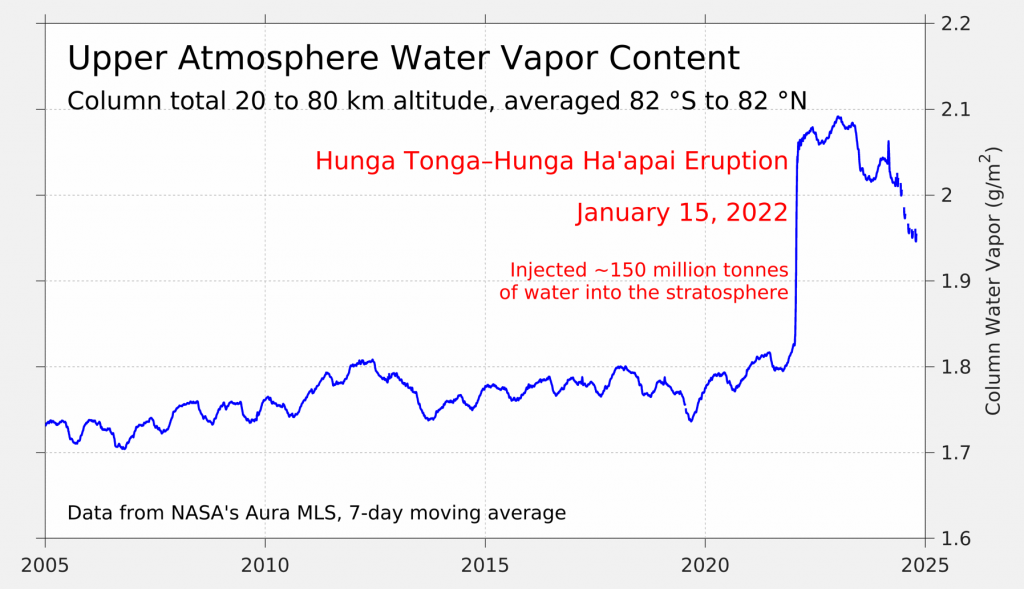Title: Re: Berkeley 2024 Climate Report 2024 Pt 5
Post by Jovial Monk on Jan 17th, 2025 at 5:37pm
Quote:A large portion of the temperature change from 2022 to 2023 can be ascribed to the effect of the transition from La Niña to El Niño, alongside other sources of natural variability (e.g. the North Atlantic) and combined with modest warming from several additional factors. In 2024, this El Niño contributed warmth in the first half of the year before dissipating in June. Due to a lag between peak El Niño and the peak impact on global temperatures, it is often the case that the year after an El Niño emerges is warmed more by the event than the year in which it began. This is consistent with 2024 being warmer than 2023.
The North Atlantic variations appear to be a mix of random natural variability and forced changes due to a reduction in man-made sulfur aerosols discussed below. In contrast to El Niño cycles, the random component of North Atlantic variability has been largely unpredictable.
Other factors likely influencing 2023/2024 climate include the ~11-year solar cycle, which is now near its expected peak, and very modestly increases the energy coming from the sun. The current solar cycle appears to be modestly stronger than the previous cycle, but has an intensity close to 20th century averages.
In addition, we consider it possible that the January 2022 Hunga Tonga eruption is contributing to unusual weather in 2023 and 2024. Unlike most volcanoes, the eruption of Hunga Tonga was rich in water vapor and low in sulfur. Usually, a large eruption results in a temporary period of cooling due to excess sulfur in the atmosphere, but the Hunga Tonga eruption may have contributed warming instead due to the greenhouse effect caused by its large water vapor contribution to the upper atmosphere.
The total effect of the Hunga Tonga eruption is uncertain with arguments for both warming and cooling having been made. In addition, the excess water vapor may have had hard to predict indirect effects on upper atmospheric dynamics or chemistry. At present approximately half of the water vapor injected into the upper atmosphere by Hunga Tonga remains there. |
|
 https://berkeleyearth.org/wp-content/uploads/2025/01/HungaTongaTrend-Nov2024-1024x589.png https://berkeleyearth.org/wp-content/uploads/2025/01/HungaTongaTrend-Nov2024-1024x589.png
|